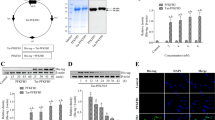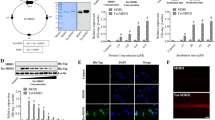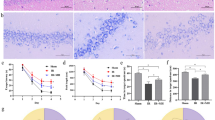Abstract
Several studies have demonstrated that ischemic preconditioning increases superoxide dismutase activity, but it is unclear how ischemic preconditioning affects events downstream of hydrogen peroxide production during subsequent severe ischemia and reperfusion in the hippocampus. To answer this question, we investigated whether ischemic preconditioning in the hippocampal CA1 region increases the activities of antioxidant enzymes glutathione peroxidase and catalase, resulting in a decrease in the level of hydroxyl radicals during subsequent severe ischemia-reperfusion. Transient forebrain ischemia was induced by four-vessel occlusion in rats. Ischemic preconditioning for 3 min or a sham operation was performed and a 15-min severe ischemia was induced three days later. Ischemic preconditioning preserved the CA1 hippocampal neurons following severe ischemia. The concentration of 2,3-dihydroxybenzoic acid, an indicator of hydroxyl radical, was measured using in vivo microdialysis technique combined with HPLC. The ischemia-induced increase in the ratio of 2,3-dihydroxybenzoic acid concentration relative to baseline did not differ significantly between preconditioned and control groups. On the other hand, activities of the antioxidant enzymes glutathione peroxidase-1 and catalase were significantly increased at 3 days after ischemic preconditioning in the hippocampus. Our results suggest that, in preconditioned rats, while hydrogen peroxide is generated from severe ischemia, the activity of catalase and glutathione peroxidase-1 is correspondingly increased to eliminate the excessive hydrogen peroxide. However, our results show that the enhanced activity of these antioxidant enzymes in preconditioned rats is not sufficient to decrease hydroxyl radical levels during subsequent severe ischemia-reperfusion.
Similar content being viewed by others
Article PDF
Author information
Authors and Affiliations
Rights and permissions
This is an Open Access article distributed under the terms of the Creative Commons Attribution Non-Commercial License (http://creativecommons.org/licenses/by-nc/3.0/) which permits unrestricted non-commercial use, distribution, and reproduction in any medium, provided the original work is properly cited.
About this article
Cite this article
Choi, YS., Cho, KO., Kim, EJ. et al. Ischemic preconditioning in the rat hippocampus increases antioxidant activities but does not affect the level of hydroxyl radicals during subsequent severe ischemia. Exp Mol Med 39, 556–563 (2007). https://doi.org/10.1038/emm.2007.61
Published:
Issue date:
DOI: https://doi.org/10.1038/emm.2007.61
Keywords
This article is cited by
-
Heterogeneity of GRIM-19 Expression in the Adult Mouse Brain
Cellular and Molecular Neurobiology (2019)
-
Resolvin D1 mitigates energy metabolism disorder after ischemia–reperfusion of the rat lung
Journal of Translational Medicine (2016)
-
The effect of regular exercise on antioxidant enzyme activities and lipid peroxidation levels in both hippocampi after occluding one carotid in rat
The Journal of Physiological Sciences (2014)



